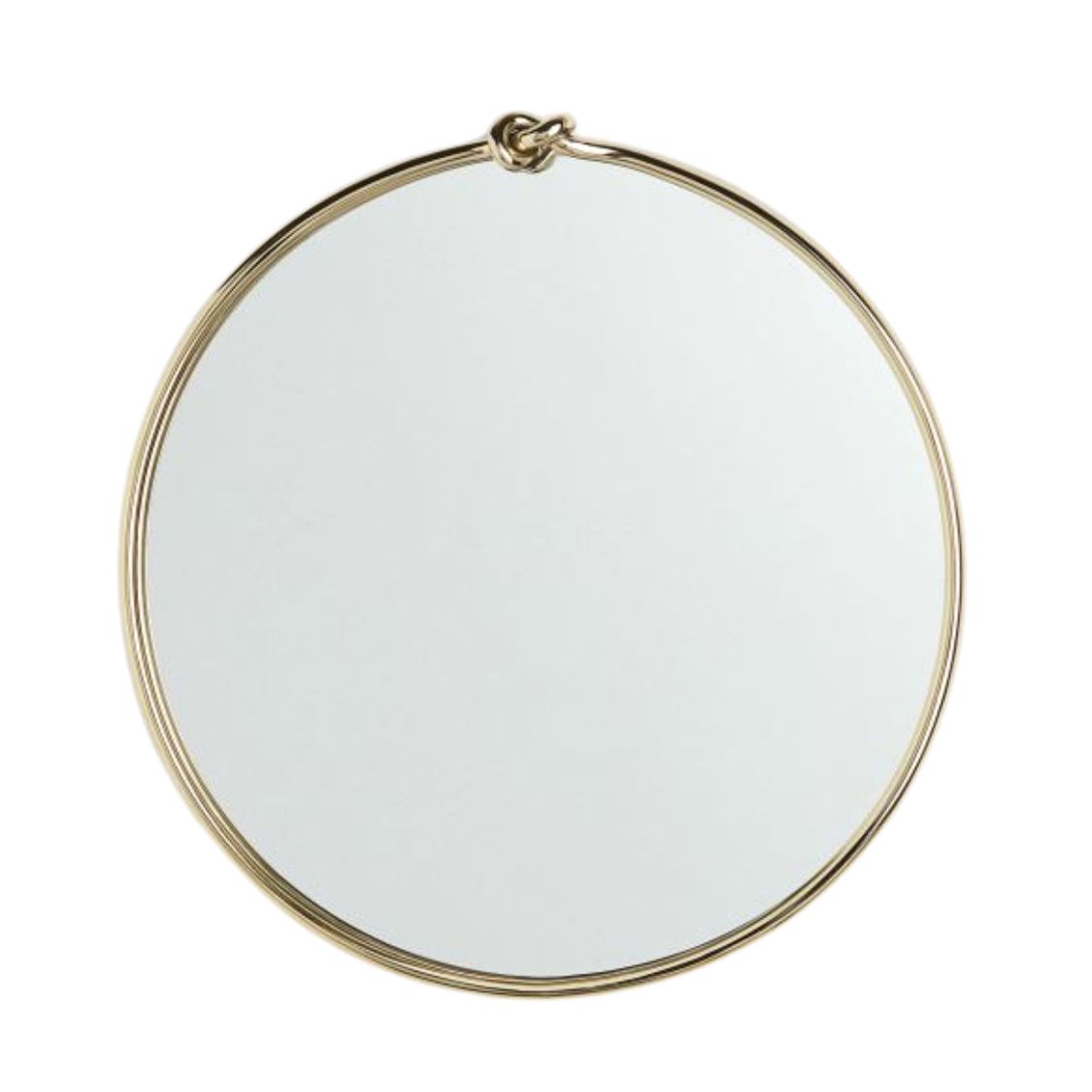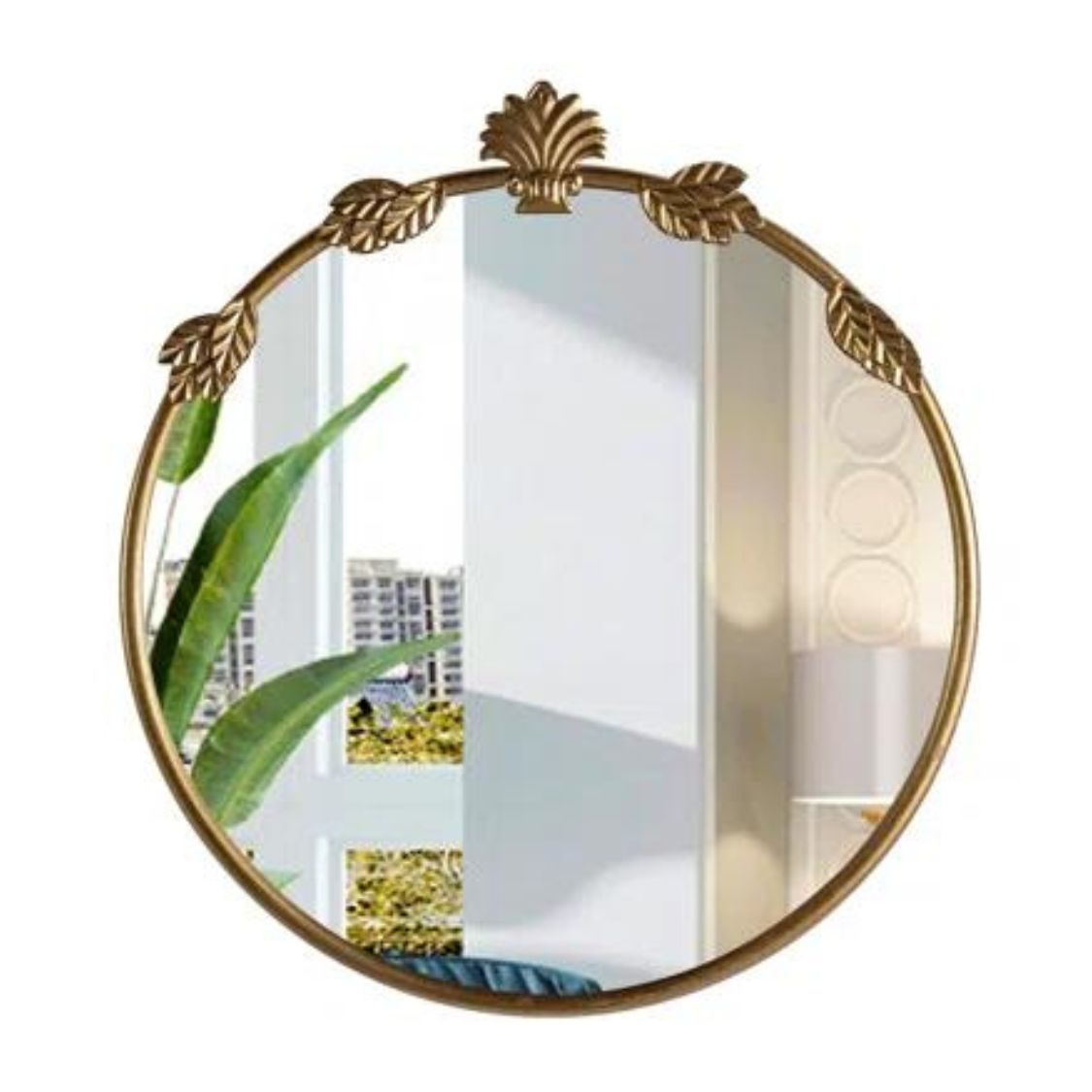How To Stop a Small Room Feeling Claustrophobic — Designer Tricks To 'Open Up' Petite Spaces
Interior designers reveal their top tips for making sure a small room doesn't feel like it's closing on you...

Small rooms offer a chance to get creative with design, but learning how to stop a small room feeling claustrophobic is also important for a successful finish.
Certain design decisions can lead to a small space feeling overcrowded, and there are decorating mistakes that make small rooms look darker — these combined together can lead to a small room feeling claustrophobic.
However, there are easy ways to combat this, from choosing the correct window treatments to using clever paint tricks for rooms. These are the secrets for decorating small spaces that will stop it feeling like the walls are closing in on you.
Luckily, we've got a host of top designers on hand to reveal their insider secrets on how stop a small room feeling claustrophobic, creating a light-filled and welcoming space instead. See their top 6 tips below...
1. Clear the clutter
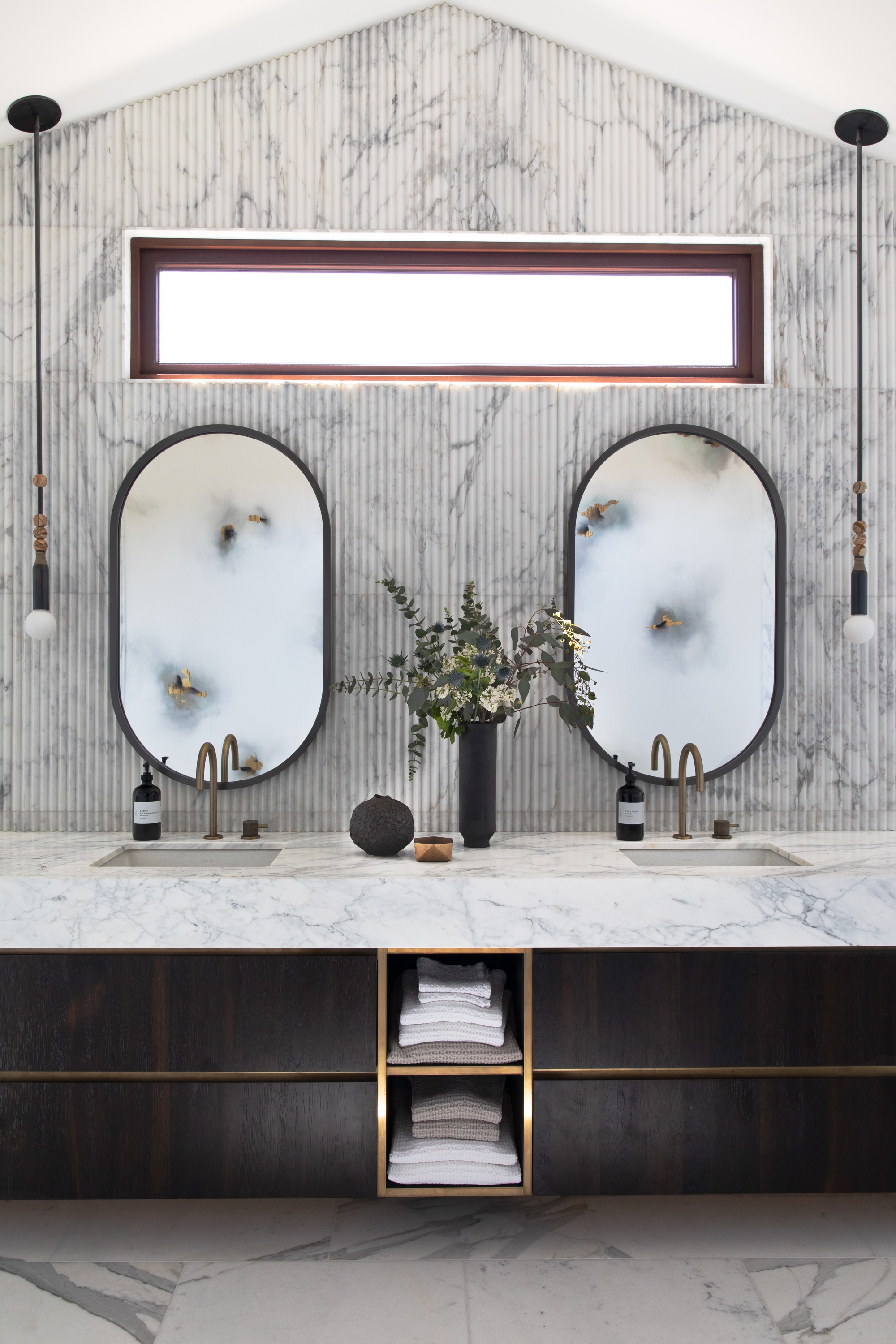
'Clutter creates visual noise,' states Kristen Pena of K Interiors. 'To me this translates as an overwhelming feeling like the walls are closing in.'
The solution? Take the time to have a good decluttering session - it's a tedious task but one that's really worth it with a high effort/reward payoff.
Kristen continues: 'I always advise clients to think hard about storage options in small kitchens and small bathrooms that outline where things should go.
The Livingetc newsletters are your inside source for what’s shaping interiors now - and what’s next. Discover trend forecasts, smart style ideas, and curated shopping inspiration that brings design to life. Subscribe today and stay ahead of the curve.
'Keeping counters clean is much easier if you have a plan for placement of everyday items.'
Lauren Lerner, CEO and Founder of Arizona-based Living with Lolo, agrees it's essential to control clutter. She says: 'Eliminate clutter and focus on essential elements that you would have in any larger space but in a lesser quantity.'
2. Make the most of mirrors

It's an old trick but an effective one - hanging a large mirror (or mirrors) in a small space will make it feel more open and bright by bouncing light around the room.
'Mirrors are an excellent way to create a room that feels more spacious,' says Kristen Pena. 'Obviously, they reflect and therefore place with space but, even better, when you artfully place them with an area of storage attached you get to both land some of your treasures and not create a feeling of overcrowding on other surfaces.'
You can also get creative when decorating with mirrors by incorporating them into bookshelves as a backdrop or integrating them into furniture if there wall space is limited.
Victoria Holly, Principal and Founder of Victoria Holly Interiors, says: 'Mirrors can make a space feel larger and more open. Consider adding mirror panels to one wall or choosing furniture with mirrored surfaces for a glamorous and modern touch.'
3. Apply a monochromatic color scheme

Using similar tones on walls and furniture can minimize jarring contrasts the eye will experience with colors at opposite ends of the spectrum.
'Colors play a significant role in the perceived size and the feeling of a room,' says Living with Lolo's Lauren Lerner. 'I don't believe there is one color to make a room feel larger, but ee like to use monochromatic color schemes in small spaces to create a cohesive and visually good look.
'Monochromatic color schemes create a sense of unity and can actually make your room feel larger.'
Color drenching - where you paint the walls the same color as the ceiling and trims - is an effective paint trick for small rooms, which blurs lines and opens up the space.
4. Consider furniture scale and placement
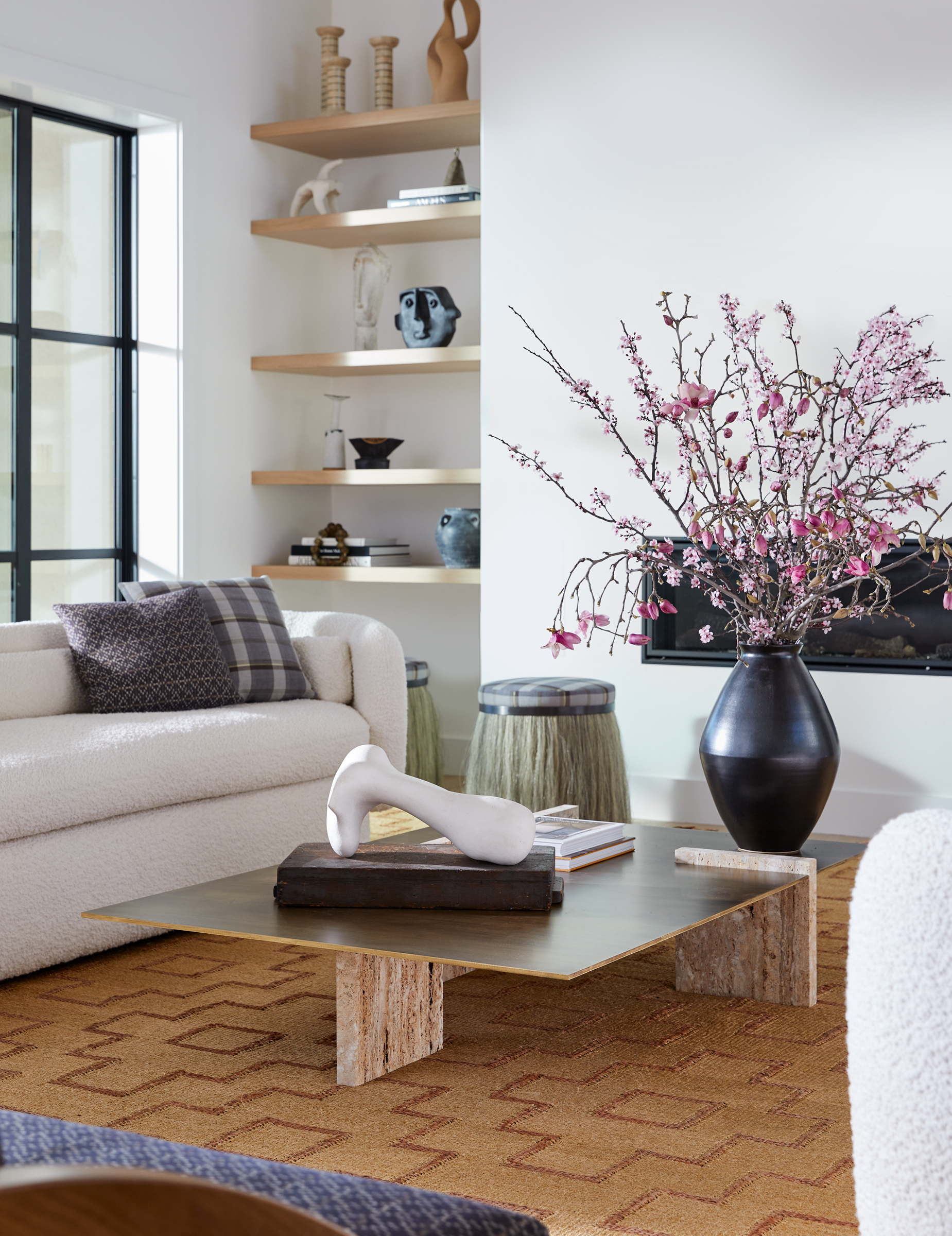
Just because you have a small room doesn't mean you can't have large furniture pieces - in some cases, in fact, this can help lend a sense of grandeur to the space.
However, it's important not to overwhelm a space with too many large pieces, and it really pays to think about your layout, too.
'The furniture you choose affects the visual size of a room depending on the scale of each piece,' says Linda Hayslett of LH.Designs. 'For example, a sectional is a larger sofa so can make a small living room feel more 'closed in' at times, as opposed to having two separate sofas facing one another because it feels more open and can offer a better small living room layout idea.
'Depending on what your needs are, making sure of size and function will be important to having an impact in a living room.'
Playing around with small room layouts can be all it takes to open up the space. Victoria Holly says: 'Sometimes, simply rearranging your existing furniture can give your room a fresh, contemporary feel. Experiment with different layouts to see what works best.'
'Avoid having dark or large furnishings, extra large bed frames, and too many patterns or wall decor in a small room as it will make it appear even smaller and cluttered,' Lauren Lerner adds.
5. Utilize 'double-duty' pieces and vertical space
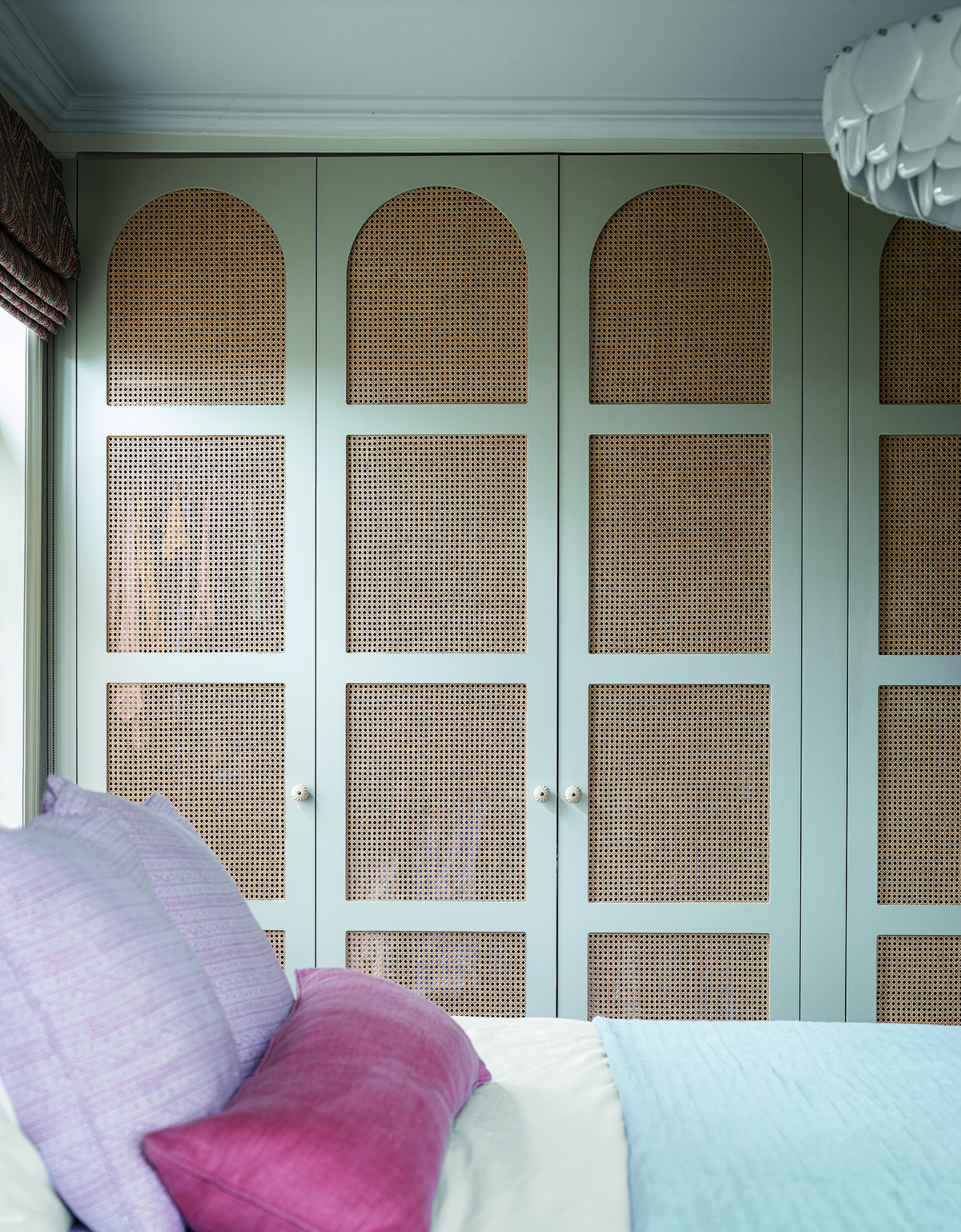
'To optimize space in a small room, consider adding furniture with multiple uses, along with vertical furniture,' suggests Lauren Lerner.
'This clever approach not only maximizes functionality but also adds aesthetic appeal to the room. Also, do your best to keep it simple. If you can get away with only having one nightstand instead of two, go for it.'
Investing in pieces with hidden storage is always a good idea, helping to keep that clutter at bay and keep a tidy, open space.
'Invest in furniture that serves more than one purpose,' agrees Victoria Holly. 'For example, a bed with built-in storage drawers, a fold-out desk, or a sofa bed can help you save space in a small bedroom and make the room more functional without the need for additional items.'
'Additionally, vertical wood slats on the walls or tall, slim furniture can create an illusion of height, making the room feel more spacious.'
6. Keep window treatments light and practical

In a small space, natural light is key, so when choosing window treatments for small rooms it's important to consider an option that will allow light to filter through at the same time as maintaining privacy.
This will help to stop a small room feeling claustrophobic and create an inviting, warm space to retreat to and relax in.
Go-to options that blend form and function for small rooms include Roman blinds, woven shades, sheer drapes, and a combination of both, as seen above in the bedroom by Marie Flanigan Interiors.
Things to avoid? Heavy curtains that 'puddle' on the floor can create a feeling of overwhelming the room and take up precious floor space.
Ruth Doherty is a lifestyle journalist based in London. An experienced freelance digital writer and editor, she is known for covering everything from travel and interiors to fashion and beauty. She regularly contributes to Livingetc, Ideal Home and Homes & Gardens, as well as titles like Prima and Red. Outside of work, her biggest loves are endless cups of tea, almond croissants, shopping for clothes she doesn’t need, and booking holidays she does.
